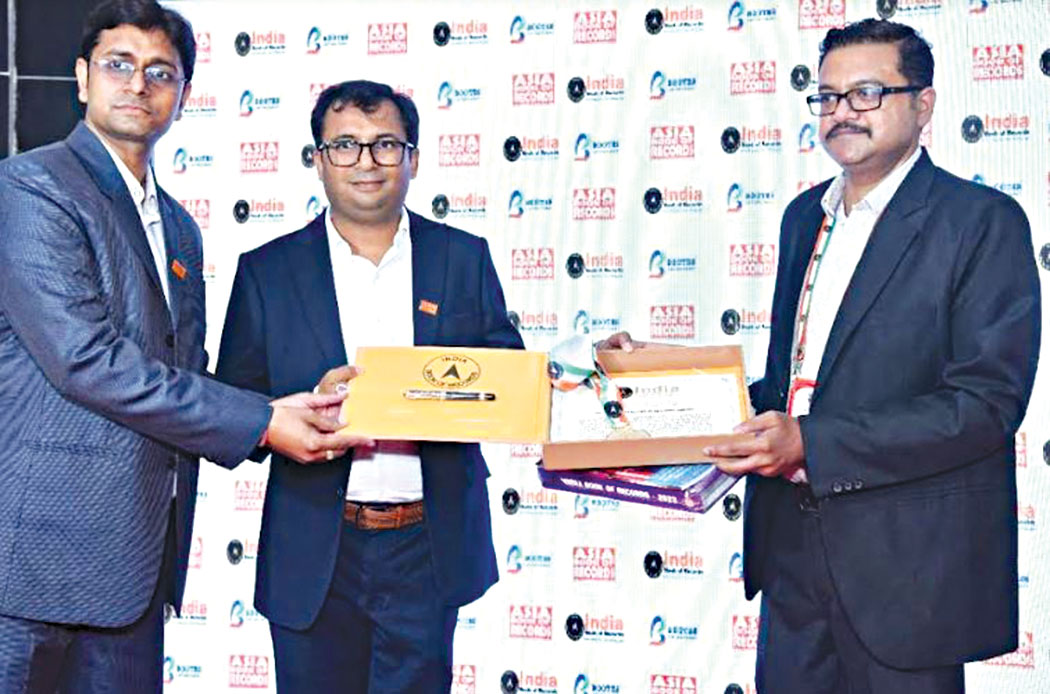BOOTES builds India's first net-zero library for JDA
BOOTES, India's first net-zero construction-tech company, has built India's first and largest net-zero library in Jhansi within a record time of 90 days. The 12,000 sq ft Jhansi Library project commissioned by the Jhansi Development Authority (JDA) and supported by Jhansi Smart City, creates an immersive environment for learning and self-development. Continuing with the legacy

BOOTES, India's first net-zero construction-tech company, has built India's first and largest net-zero library in Jhansi within a record time of 90 days. The 12,000 sq ft Jhansi Library project commissioned by the Jhansi Development Authority (JDA) and supported by Jhansi Smart City, creates an immersive environment for learning and self-development.
Continuing with the legacy of learning evident in ancient libraries such as the Jetavana monastery at Sravasti (Uttar Pradesh) and the Nalanda University (Bihar), the Jhansi Library is a blend of rich cultural heritage and future-forward sustainable design thinking. The Jhansi Library is India's first and only net-zero library that generates 100% energy on-site and reduces up to 85% of carbon emissions.
The Jhansi Library is a marvel of sustainable architecture, utilizing ancient resources and modern techniques to create a truly environmentally friendly space. Designed with the needs of students in mind, the library incorporates a three-tiered approach to sustainability, ensuring maximum efficiency and low environmental impact. At the first level, the library is designed to take advantage of natural light, keeping in mind the rhythm of the sun to create bright, inviting gathering and reading spaces. A health-oriented indoor environment is created with a state-of-the-art ventilation system, which prevents the spread of airborne diseases and improves air quality. Moving to the second level, the library's construction principles ensure 100% on-site renewable energy generation through the use of solar PV panels and a wind turbine - reducing reliance on fossil fuels. An exemplar of energy efficiency, the annual electricity consumption for the HVAC system is expected at 30 MWh - much lower compared to 150 MWh used by a traditional system. Finally, at the third level, the building is designed to reduce up to 85% carbon emission by using next-generation heat pump technology, powered by solar PV energy to ensure optimal cooling and heating while consuming the least amount of energy possible. The library also employs water conservation measures such as rainwater collection and on-site greywater treatment to help preserve water resources. Sophisticated building management systems streamline the management of the entire facility through computer-controlled systems, further reducing the environmental footprint. Overall, Jhansi Library is a modern, sustainable space that showcases how ancient techniques can be blended with modern technology to create a space that is not only beautiful but also functional, healthy, and environmentally responsible.
Speaking on the occasion, Alok Yadav, Vice-Chairman of JDA commended the BOOTES team for constructing a 12,000 sq ft area, and three floors of green architecture to support the Aatmanirbhar Infrastructure and National Smart Cities Mission within a record-breaking timeline of 90 days.
Deepak Rai, Managing Director, BOOTES, thanked the Jhansi Development Authority for the opportunity to construct this green project in record time. “BOOTES is at the forefront of the construction industry's shift towards sustainable and green building practices and can undertake design, engineering, and construction of net-zero projects to achieve sustainable and Aatmanirbhar infrastructure,” he added.
Hits: 0







